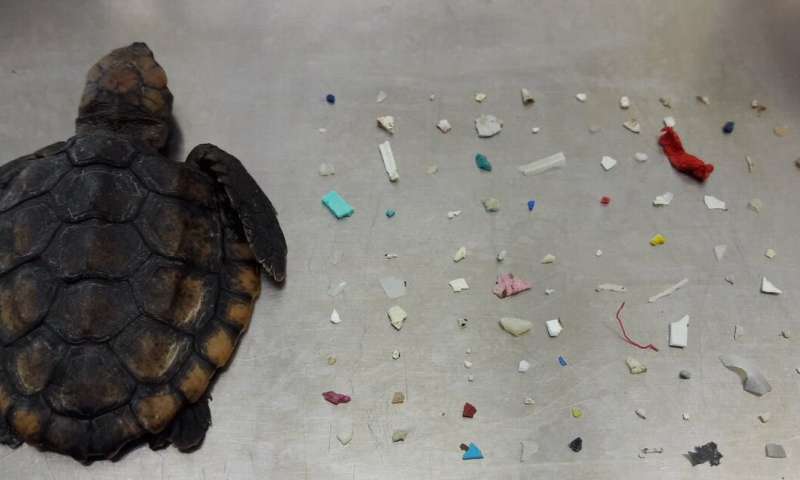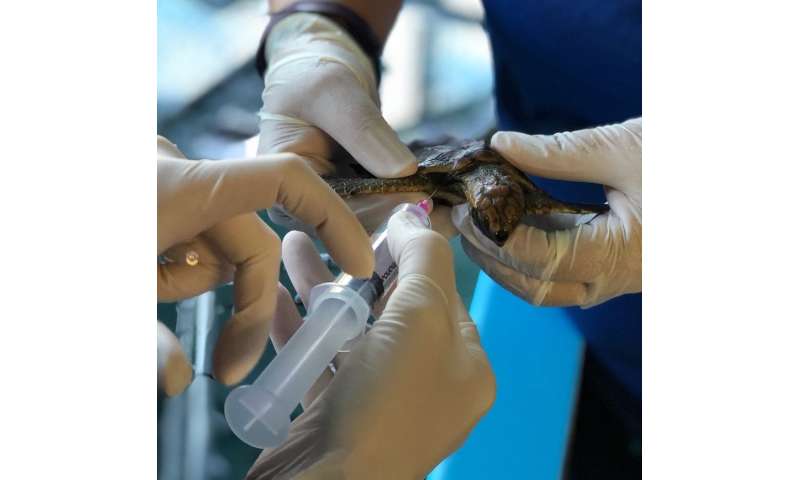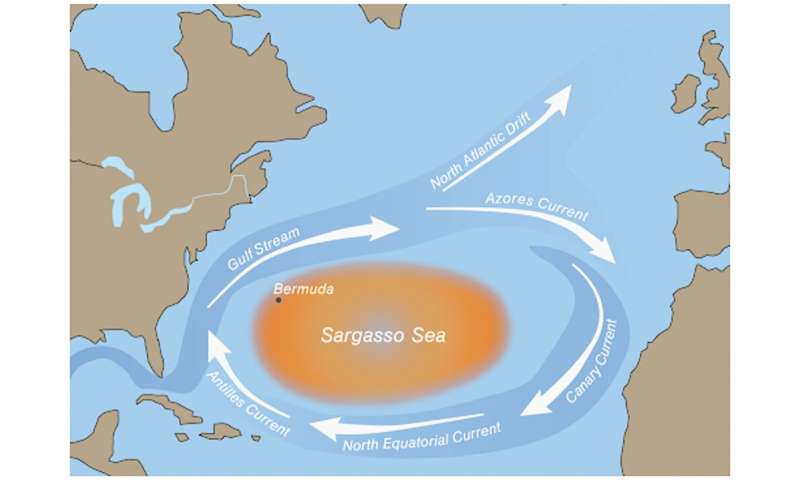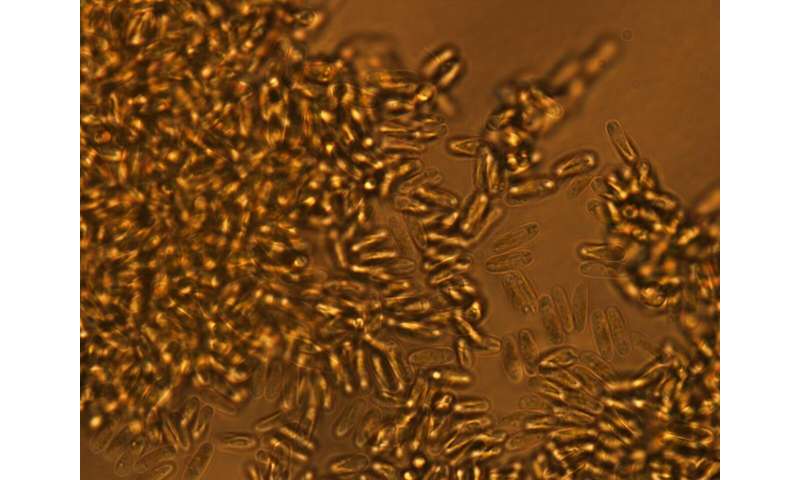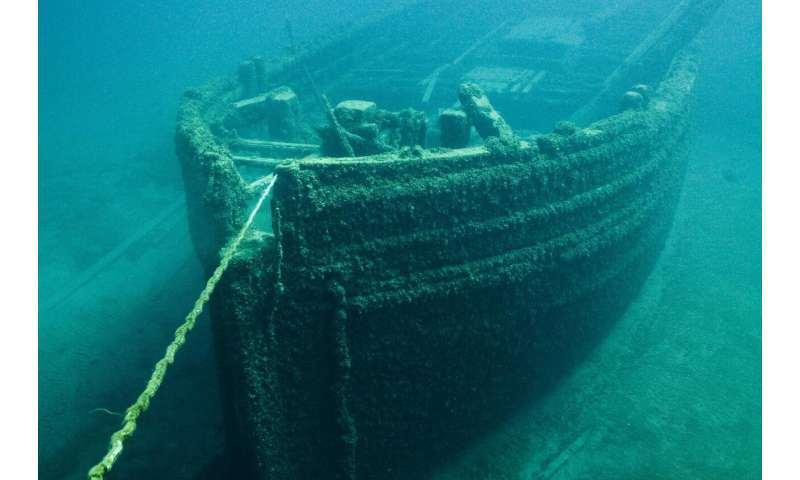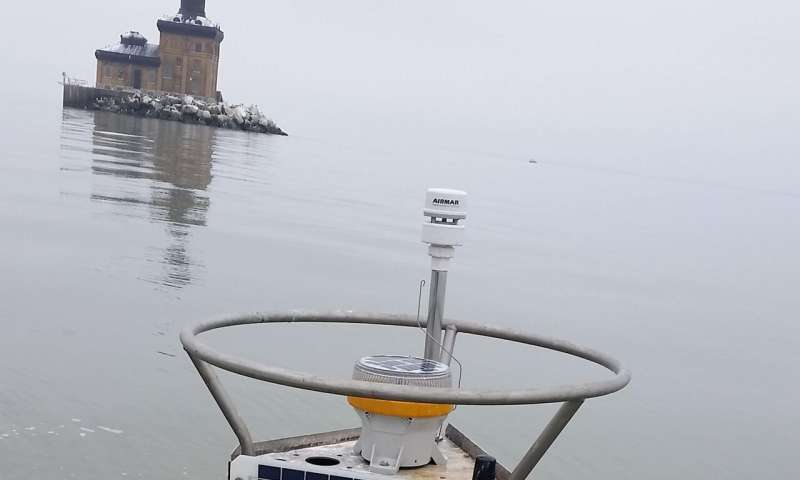Why Kenya's urban poor are exploited by informal water markets

Informal urban water markets—as opposed to piped water—have long supported many of Kenya's urban areas. Those that use them are either unserved, or inadequately served, by public utilities.
A large number of people depend on them as only about 20% of the Nairobi residents who live in low income areas have piped water. The rest depend on uncovered wells, rivers, open springs and informal water markets.
There are different types of informal water markets. Some sell water legally, some illegally. There are also different ways in which people buy water. If they have water storage facilities, and live in an area accessible to water vendors, water can be bought in bulk from vendors who source it from private boreholes.
But most people won't have storage facilities and will usually buy water from water vendors and carry it home. These water vendors get their supplies from a variety of sources including; rivers, wells, households with connections, communal standpipes and water ATMs. Water ATMs, installed by NGOs, provide users with cheap, clean water on demand. They swipe a smart-card and collect.
Water vendors also sometimes get water illegally by cutting through municipal piped networks.
In a recent study I looked at how informal water markets operate and how they serve the urban poor. My research focused on Mathare, a large informal settlement in Nairobi. About 206,000 people live there.
I found that—despite high water prices (in comparison to water sold in standpipes and water ATMs), poor quality and inconvenience—the urban poor continued to buy water from private vendors because it's still their best option. The other options were either too unreliable or hard to reach.
Nairobi's county government is taking steps to formalize informal water vendors as a way of providing more people with water. Though urban informal water markets have the potential to deliver water to the unserved poor, they can also trap the poor in highly unjust water delivery arrangements. More must be done to prevent this from happening.
Last, better option
Mathare is characterized by unsafe and overcrowded housing. Most people live in shacks made of corrugated iron and lack access to essential services, such as sanitation and electricity. Around 90% of residents do not have piped water.
I conducted interviews, surveys and focus group discussions with 258 households and 20 water vendors in Mathare in 2016 and 2017. I also interviewed six key government officials.
More than half of the residents from my survey accessed water from informal water vendors. And about 36% households depended exclusively on them.
But the quality of water was inconsistent. Residents I interviewed said they sometimes found debris in the water, or that it sometimes tasted bad. This could be because when vendors illegally cut municipality pipes, the water becomes contaminated.
High prices
The water vendors' prices also fluctuated. They ranged from Ksh2 (US$0.02) to Ksh50 (US$0.50) per 20 liters depending on where the clients lived and the availability of alternative sources of water. During periods of drought, when their water supplies might run dry, vendors would recoup costs by driving up prices.
In some cases, high prices were artificially created. Water vendors sometimes cut municipal pipes to create artificial shortages or colluded with cartels who controlled community yard taps.
The vendors also had erratic schedules. People would sometimes be late for work or miss work and forgo their daily wages to buy water.
While some clients reported having strong bonds with their vendors, the majority said they were rude and inconsiderate.
Differential treatment among different clients belonging to a particular tribe or of a particular economic status was another major bone of contention. Nevertheless, the customers were fearful about questioning the vendors.
Last option
There were several reasons why, despite these issues, people opted to use water vendors.
Water ATMs, though cheapest (about US$0.50 for 20 liters of water), were very few in number and located around the main road of the slum. It's very difficult to carry heavy water over the undulating slum terrain. The ATM tanks were also often empty, making them an unpredictable and unreliable supply source. As for the standpipes, they operated only twice or three times a week but with no fixed timing or price.
And, even if in-house municipality connections are available, many poor households cannot afford the initial set-up cost. A new connection fee can vary between Ksh2500 (about US$25) and Ksh15000 (about US$150). The average household income in Mathare is less than US$3 a day.
Water vendors are a last option but residents depend on them. They're more easily accessible and give people more control over their daily costs. For instance, people may use Mathare river to wash clothes or flush toilets, and buy water just for drinking and cooking.
Policy implications
The main reason for the growth of the informal water market is government failure to deliver adequate public services. To address the deficit, private vendors are gradually being regulated. Kenyan municipalities have asked authorized private water providers to make supply arrangements in informal settlements a compulsory prerequisite for license renewals.
But more must be done to prevent corruption and the creation of cartels.Vendors must also develop their strength through association and business training to help them lobby and defend their rights. Creating a union will also create rules for water transactions and prices.
Finally, when providing licenses, the government should demarcate the areas where vendors operate to reduce conflict between vendors. This will also make it easier for utility officers to monitor their prices and modes of water transactions.

